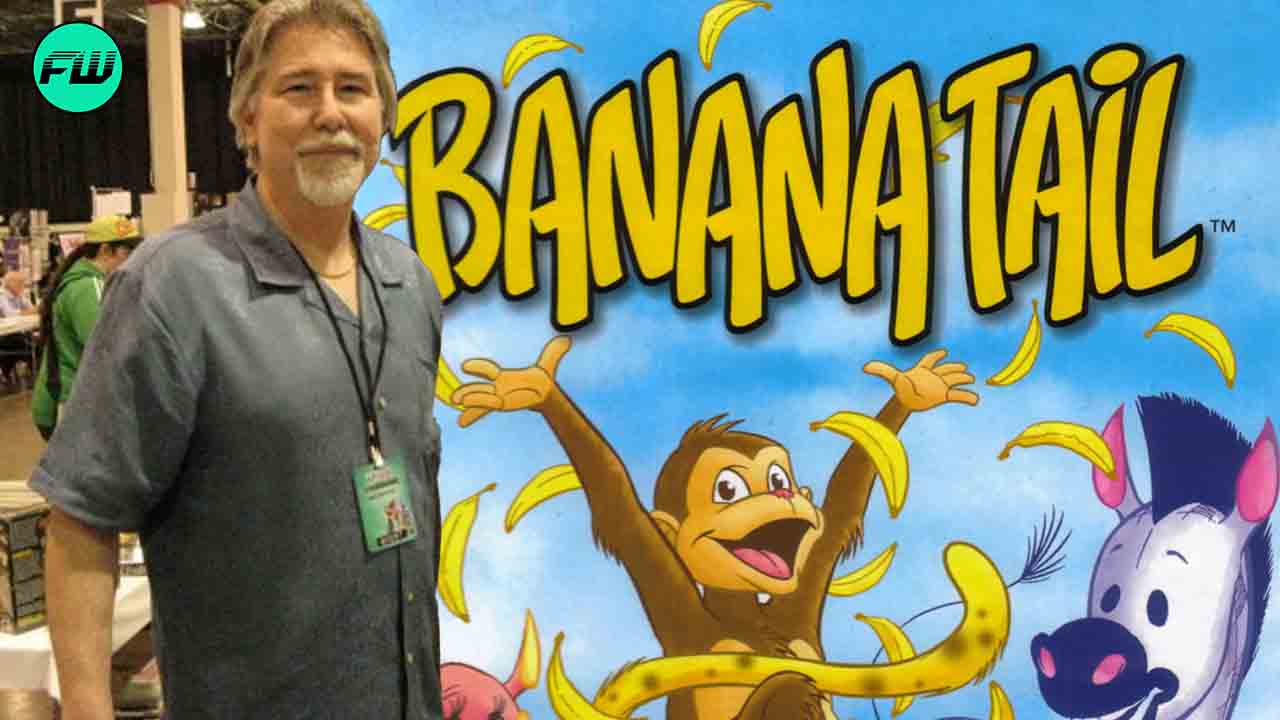Back in September, I sat down with Mark McKenna at Harrisburg Comic and Pop Con to ask him about his experiences working in comics and his recent independent works. Mark McKenna is a Marvel Artist of many years (most famously working on Spider-Man in the ’90s) who transitioned to independent comics in recent years and is now most known for his kids series Banana Tail. The contents of my interview with him are printed below.
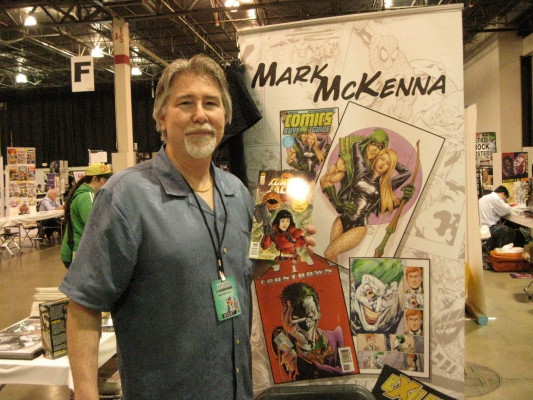
So thank you again for agreeing. So, first of all, how did you get into comics? What introduced you into the world?
I was a comic collector as a teenager and I used to trace over the comic covers in my earlier years. And then when I was in high school, the guidance counselor said to me, What do you want to do with this? And the only two things I really was, I think I would follow was either movie-making or comic books. So he put me in touch with the School of Visual Arts, with the head animation department, and that was so I could do movies and comics together. I lasted about two years into that, and then I went off and I met with Will Eisner, who was doing The Spirit back in the early 1940s, and I decided that that’s the career I wanted to follow.
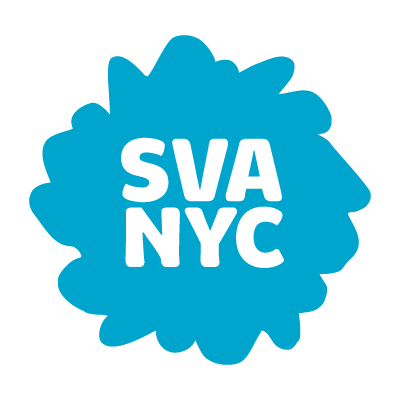
How did you meet Will Eisner?
Yeah, he was as a teacher, you know, I was a student. And years after I was in his class, he was at a show I think was San Diego Comic-Con. And he was on a panel and was doing a speech and when he was done, I went up to talk to him. Afterward, I said, I know if you remember me well, but I was in your class in 1982, and he goes, “You’re one of my more serious students”. He had signed one of his graphic novels to me, and I was thrilled to meet the man, know to man.
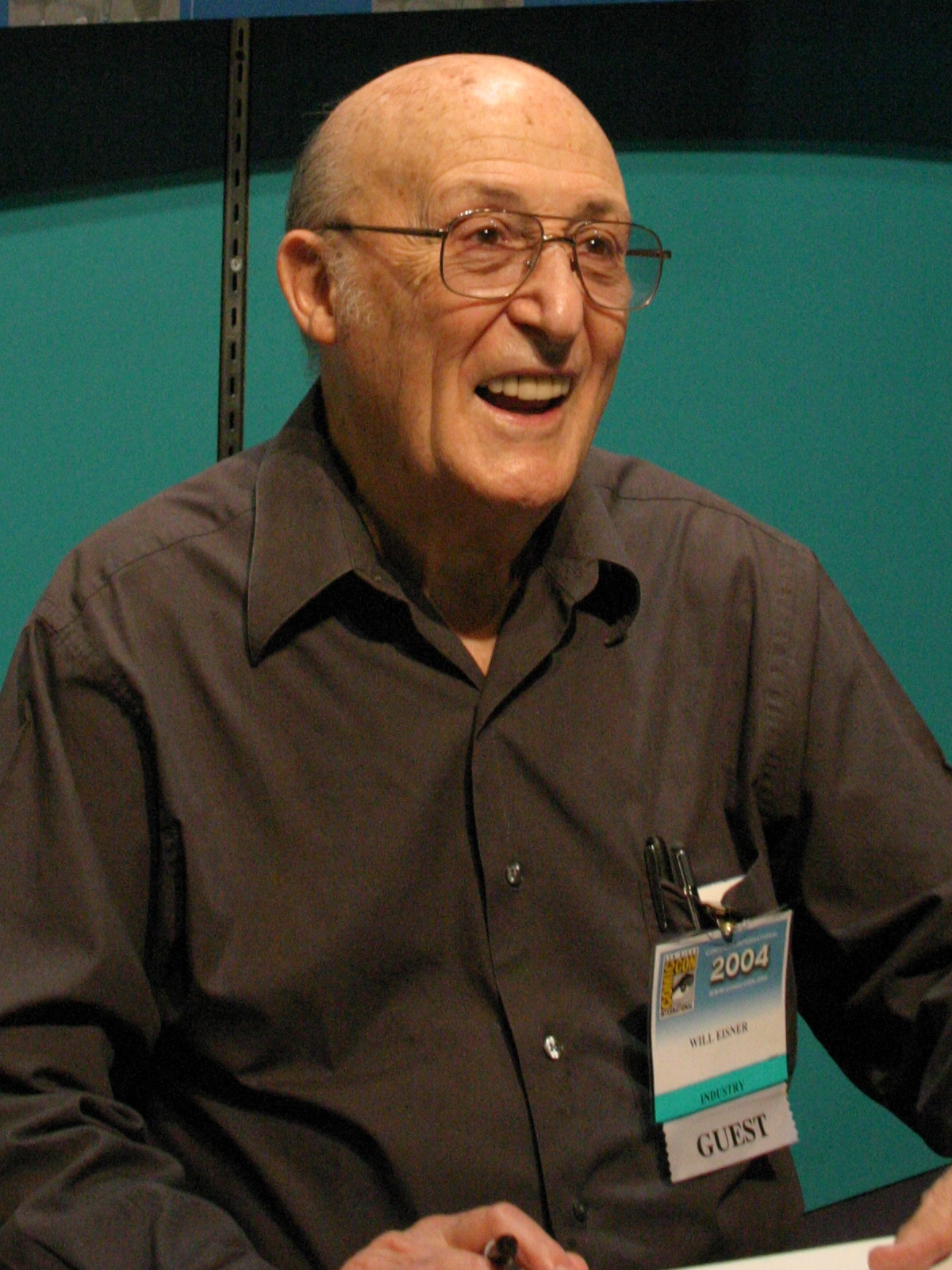
Yeah. I mean, he was one of the greatest artists of all time.
I love him and he was a gentleman all the way through.
How did that get you into working for the big two publishers?
Ok, so when I was at the School of Visual Arts in my senior year, I met with the chairman of the illustration department. His name is Marshall Arisman. He had done some Time covers, famous Time covers, and stuff. He introduced me to Sal Amendola, who was a new talent coordinator at DC Comics, and I got to go up and meet Sal at DC Comics. I actually sat on the couch next to Clark Kent at a big, big giant, you know, plastic Clark Kent.
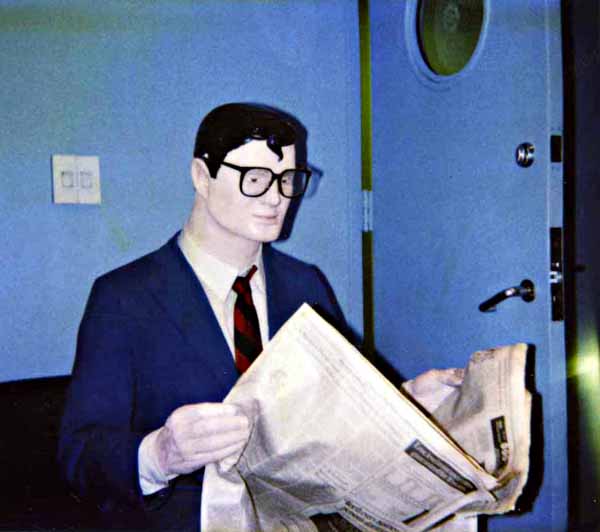
Yeah, that was back at Fifth Avenue?
They were at 666 Fifth Avenue.
Yeah, that one.
You know that stuff?
Yeah, yeah. I’m a comic historian. Actually, it’s kind of interesting how much DC actually is focusing on their legacy. People like Benjamin LeClear. He’s the current archivist at DC Comics. Yeah, they’ve got a huge archive in Burbank.
Yeah, yeah, yeah. You know, I used to know everybody in the business at one point, but it’s changed so dramatically. And I haven’t I haven’t been in the mainstream for, you know, probably 10 years now.
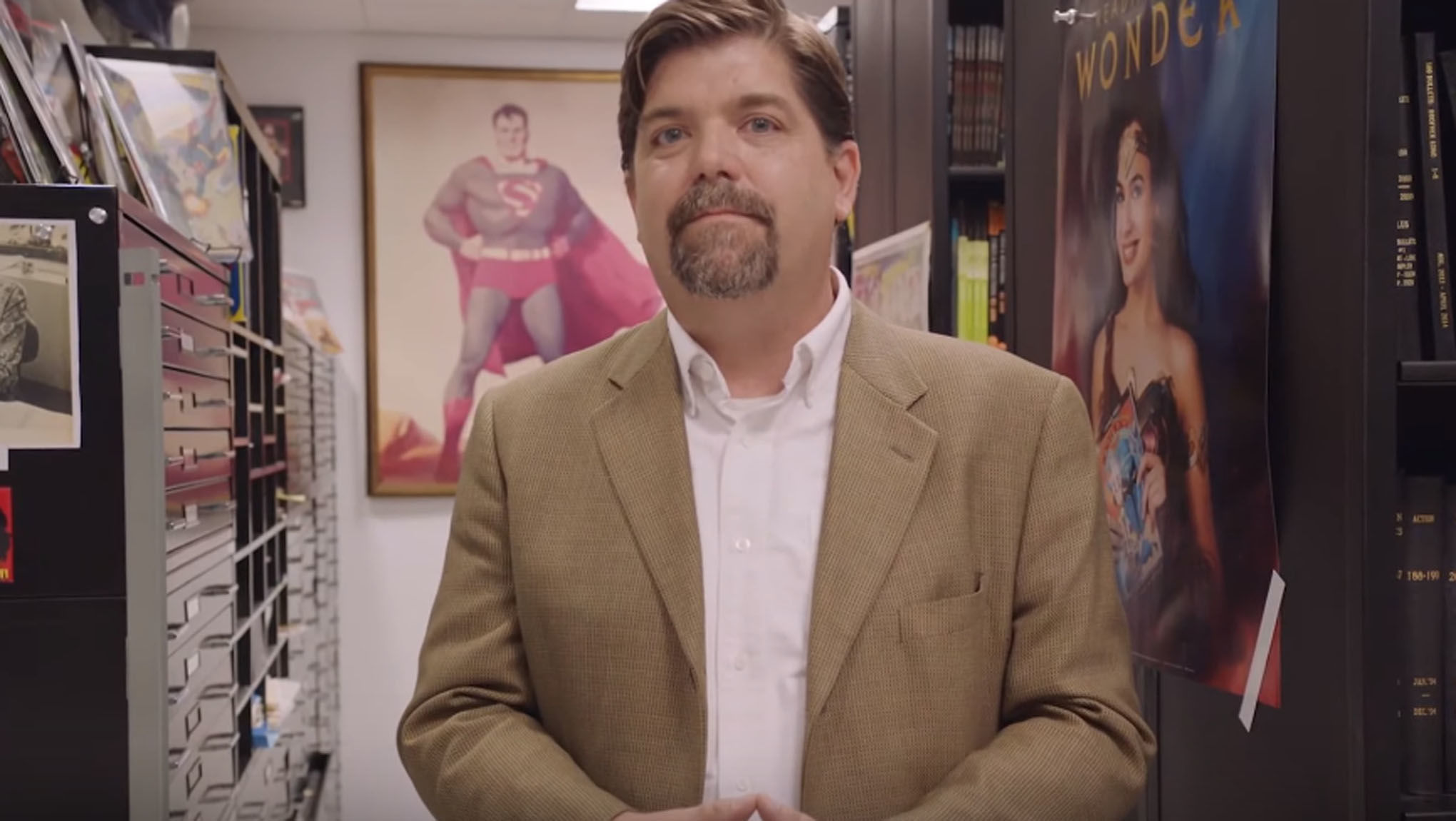
Yeah, that’s what I’ve heard from a lot of people.
So to finish that story, when I met with Sal Amendola, they were having classes up in DC every other Friday for new talent, and I would go in. I lived in Long Island. I would commute on the Long Island Railroad to DC Comics every other Friday, and then I would go to Marvel with my samples and I show them to Elliot R. Brown, who was doing the G.I. Joe stuff back then. I showed my samples to John Romita Sr. And then they call me one day and said, We have a position if you’re interested. I actually had to say no to him twice because it was minimum wage and I was commuting from Long Island in New York and my whole income would have went into paying for a train ticket. Yeah, it was the third time he said to me, I can probably accommodate you by getting your assistant work. And I started to assist guys like Vince Coletta, Al Milgrom, you know, guys like that. And that made the difference for me and I never looked back.

What was it like working with Vince Colletta?
I mean, Vince was, you know, he was a character. You know, he would send me in the mail if he was doing a Spider-Man book, he would send me three pages every day of just inked figures. And then I would do the buildings and the cars and stuff like that, and he would put a check in, you know, I could get 22 dollars a page tracing backgrounds for him. He put a check in for sixty-six dollars, you know, stapled to one of the pages, and I just had to continue to do that. The problem with that, of course, is FedEx bills were overnight. FedEx bills were like twenty-two, twenty-five dollars each time you sent me three pages, so it got a little crazy. But he didn’t care. Money was flowing back then.
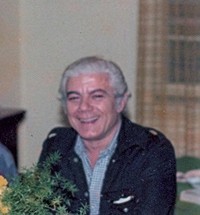
Obviously, you did a lot of famous books. How did that transition into doing independent comics?
Without the mainstream comics? The path to independent work would be a lot tougher. But because I am a recognizable name in the comic industry, I have enough followers that will follow me to do my independent product. And to me, that’s a blessing. I always find that if you can get your name with the big companies and then go on your own, that might be the best way to go.
Yeah, I’ve seen a lot of creators saying that, like Scott Snyder. It’s like a lot of big creators
Yeah, the guy that did The Walking Dead (Editors note- Robert Kirkman) was that way, too. Yeah, I can understand. But you know.
So you’re doing a new children’s book, can you tell me about that.
So Banana Tail is a book I did when my daughter was four years old and my son was newborn and my daughter had an operation on her throat to remove a cyst from her throat. And I remember as soon as she got out of the hospital, we took her right to Toys R US and let her pick anything in the store she wanted. And then I thought, “I would like to be doing something that kids would want to have”. And at the time, the business of comics started to change and there was a layoff at Marvel. And, you know, the building started to crumble a little bit, so I decided I would start to do something on my own.

And my dad at the time was an amateur writer, but he had a lot of great ideas and he came up with this idea for a monkey who had a banana for a tail. And I drew that and it looked too crazy to even do so I actually made them have a banana-colored tail. And I did it when my daughter again was four and my son was newborn, and now I have five or six books out and my kids are now 30 and 26 years old. But once you start that ball rolling and people tell you they want you to do more books. One lady, I read a testimony one time when this lady said, my daughter is allowed to pick two books a night to read, and one night she picked Banana Tail twice. To me, that’s gold, you know?
Follow us for more entertainment coverage on Facebook, Twitter, Instagram, and Letterboxd.

